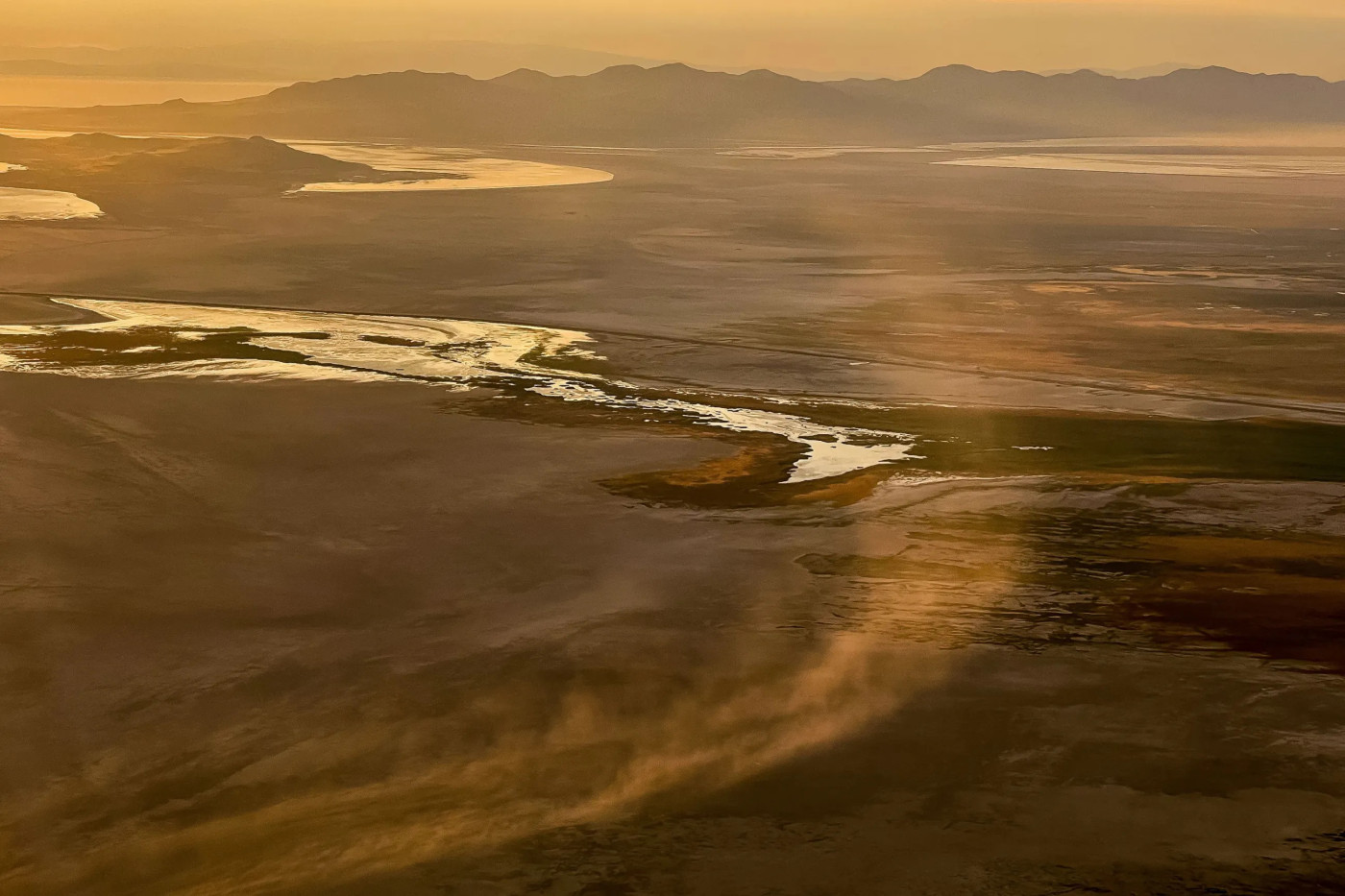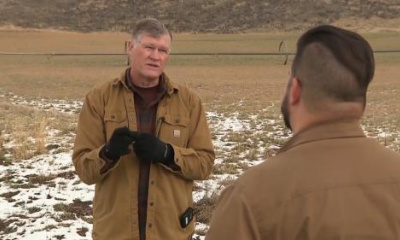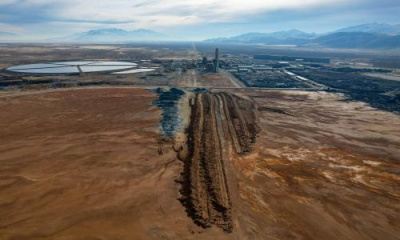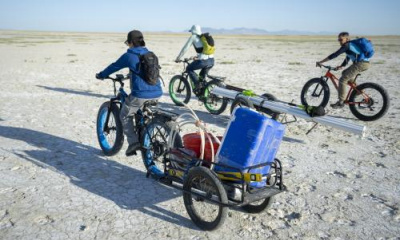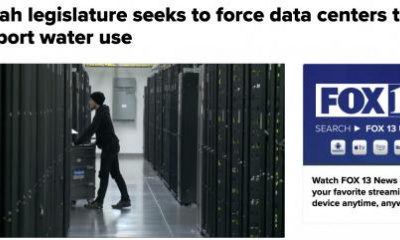Utah’s pollution problems get a state funding boost to help clear the skies
The Utah Air Quality Division’s technical team will begin reviewing strategic locations for the placement of four new dust monitors to capture wind events over the Great Salt Lake’s exposed bed to determine the levels of arsenic and other pollutants carried to the Wasatch Front.
The stations measuring PM10 will operate 24 hours a day, seven days a week, to capture the sometimes unpredictable and periodic nature of the dust storms kicked up by the wind, said Bryce Bird, the division’s director.
Locations for placement will be determined by proximity to affected communities adjacent to the lake and in areas where the monitors will be most effective at illustrating the breadth of wind-born dust, he added.
The Utah Legislature provided $232,000 for the monitors, but more importantly, the funds to carry out the analysis, Bird said.
“We will be able to look at the metals, things like arsenic and other components of the dust, and then be able to identify duration of dust events, look at trends and dust events in the future to see if they’re changing as the lake bed either increases or decreases. Then, we will be able to identify any hazardous components in that dust that would be impacting public health.”
As the lake dipped to historic lows last year in a trajectory that has continued for years as drought grips the West, more than 800 square miles of the Great Salt Lake’s bed is now exposed, amplifying concerns that exposure to toxic-laden dust is a significant health hazard.
Bird said once the monitors are in place and enough analysis has been done, the state can work on any necessary remediation strategies.
The division also got money this year from Utah lawmakers — $872,000 — for the installation of six monitors to measure ozone levels in the Wasatch Front as part of increased efforts to track the pernicious pollutant that landed the northern area in a moderate non-attainment classification by the U.S. Environmental Protection Agency.
Air quality regulators are coming up with what is called a state implementation plan to meet the requirements of the federal agency. That plan is due to be introduced at an April meeting of the state Air Quality Board and will be subject to public comment and modification before it gets submitted to the EPA for approval or rejection.
Ozone and its challenges
Ozone, while naturally occurring, forms at ground level due to complex chemical reactions in the stagnant heat of summer, leading to hazy skies and unhealthy conditions.
It is a secondary pollutant regulated by the EPA and also formed as a result of emissions from vehicles, industrial plants and boilers.
Bird said what has been difficult for the Wasatch Front and even outlying mountainous areas is figuring out how to tamp the levels.
“With the modeling and monitoring that has been done, we’ve identified that most of the ozone that impacts the Wasatch Front doesn’t originate in the Wasatch Front. We have limited impact locally. And then we also have limited ability to control those emissions as well,” Bird said. “And so that’s one of the big planning challenges for us right now is identifying what we can do locally to reduce the emissions and (determine) what is most effective and what is most cost effective in order to meet that standard in the future.”
Bird noted that Utah is not alone in its struggles, and other areas in the Intermountain West are facing challenges as well, including Denver regulators.
Utah’s continuing and pressing problem of anomalous ozone formation in the Uinta Basin in the winter months also received funding and extension of one of the most far-reaching and ambitious studies of its kind to study the hazardous pollutant in eastern Utah’s oil and gas country.
Bryce said over the last couple of years the ozone problem in the basin has abated due to lack of snow cover on the ground. That changed this year with the state’s active storm patterns, and ozone has returned to unhealthy numbers.
Utah is among 21 states deemed in violation of President Biden’s Good Neighbor Rule which says states must enact controls to prevent emission harm to adjacent states from ozone, which lawmakers say puts Utah’s coal-fired power plants at risk of retiring early.
For the ensuing legal fight against the federal government, lawmakers allocated $2 million to prepare for a judicial challenge at the appellate level.
Bird’s division will also start monitoring bromine in the emission portfolio at U.S. Magnesium after a study released earlier this year found that the company is responsible for up to 25% of precursor pollutants that contribute to winter-time inversions.
After completion of its emissions inventory and subsequent development of a plan incorporating best available control technology, or BACT, the division will determine next steps and brief lawmakers.
Another $495,000 was dedicated by lawmakers for the TRAX mobile air monitoring system.

